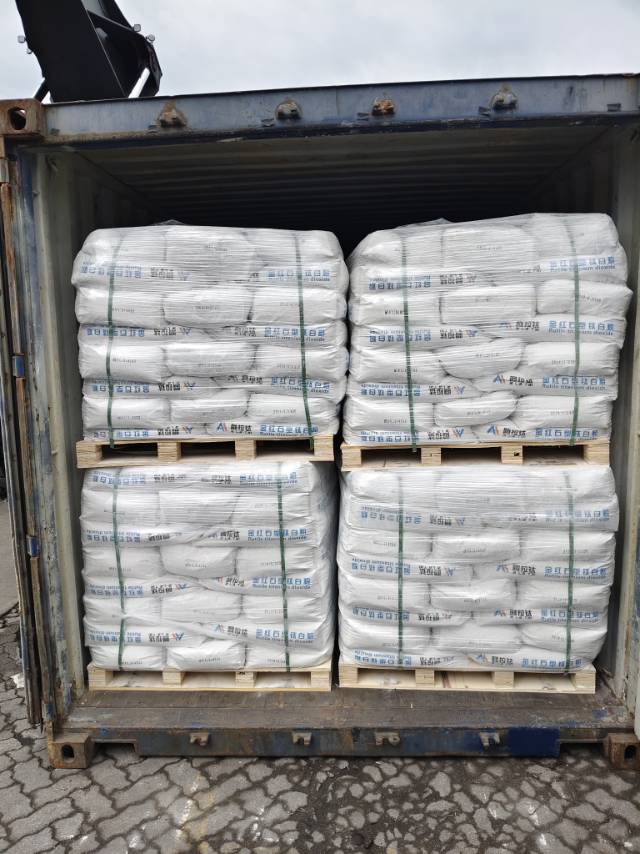- This topic is empty.
-
AuthorPosts
-
2025-10-16 at 5:13 pm #10900
Understanding Titanium Dioxide and Its Chemical Characteristics
Titanium dioxide (TiO₂) is a white, inorganic compound known for its exceptional opacity, brightness, and chemical stability. It exists mainly in two crystalline forms—rutile and anatase—each with unique optical and physical properties that make it invaluable across various applications, particularly in the paint and coatings industry.
In paint formulations, titanium dioxide serves as a primary pigment that enhances whiteness and coverage. Its high refractive index (2.7 for rutile, 2.5 for anatase) allows it to scatter visible light efficiently, producing brilliant white coatings. Moreover, TiO₂’s chemical inertness ensures long-term durability and resistance to environmental degradation, making it indispensable in industrial, architectural, and automotive coatings. In this blog post, ALATAI TIO2 will share the vital role of titanium dioxide in the paint industry, as well as its advantages, applications, etc.
Why Titanium Dioxide Is Indispensable in Paint Formulations
The use of titanium dioxide in paint manufacturing is not just a matter of color—it’s a foundation of performance. TiO₂ provides three main advantages: opacity, brightness, and UV resistance.
-
Superior Opacity and Coverage: Titanium dioxide particles efficiently scatter light, allowing paints to cover surfaces with fewer coats. This reduces material usage, labor time, and overall costs for both manufacturers and end users.
-
Brilliance and Color Stability: Its pure whiteness makes it an ideal base for color pigments. When combined with colorants, titanium dioxide ensures the final shade remains vibrant and consistent.
-
Protection from UV Degradation: TiO₂ acts as a natural UV absorber, preventing fading, chalking, and discoloration over time. This property is particularly valuable in outdoor paints exposed to sunlight and harsh weather conditions.
Without titanium dioxide, achieving high-quality finishes with lasting color retention would be nearly impossible in modern paint formulations.
Applications of Titanium Dioxide Across the Paint and Coatings Industry
The versatility of titanium dioxide in coatings extends to multiple sectors:
-
Architectural Paints: TiO₂ is used in both interior and exterior paints, ensuring bright colors and long-term resistance to weathering.
-
Automotive Coatings: Its reflective and durable nature provides a smooth finish, excellent hiding power, and UV protection for car bodies.
-
Industrial Coatings: In industrial environments where durability and chemical resistance are essential, titanium dioxide enhances performance and longevity.
-
Marine and Protective Coatings: TiO₂ contributes to corrosion resistance, gloss retention, and UV stability, making it ideal for ships, pipelines, and offshore structures.
By tailoring the particle size and surface treatment of TiO₂, manufacturers can fine-tune paint properties for specific applications, balancing brightness, gloss, and dispersion stability.

Comparing Rutile and Anatase Titanium Dioxide in Paints
While both forms of titanium dioxide have value, rutile titanium dioxide dominates the paint industry due to its superior optical properties and weather resistance.
-
Rutile TiO₂: Known for higher opacity, durability, and UV stability, rutile is preferred in outdoor paints and coatings exposed to sunlight. It offers better gloss retention and protection against photo-degradation.
-
Anatase TiO₂: Although slightly less opaque, anatase is used in indoor paints where brightness and whiteness are prioritized over UV stability.
The choice between rutile and anatase depends on the specific performance needs of the coating and the environmental conditions it must withstand.
Environmental and Health Considerations in Titanium Dioxide Usage
As the paint and coatings industry moves toward sustainability, titanium dioxide remains under scrutiny for its environmental and health impacts. Although TiO₂ is chemically inert and non-toxic in solid form, concerns arise from nano-sized particles that may pose inhalation risks during production or application.
To address these concerns, many manufacturers are implementing:
-
Surface treatments to reduce dusting and particle dispersion.
-
Closed-system manufacturing processes to minimize worker exposure.
-
Recycling initiatives for TiO₂-containing waste from paint production.
Moreover, innovations in eco-friendly coatings are exploring the use of titanium dioxide as a photocatalyst to break down air pollutants, adding environmental benefits beyond its traditional pigment role.
Conclusion
From residential interiors to industrial structures, the role of titanium dioxide in paint is fundamental. Its unmatched ability to provide opacity, whiteness, UV protection, and chemical stability makes it an irreplaceable ingredient in modern coatings.
As technology advances, titanium dioxide will continue to evolve—from a simple pigment to a multifunctional material driving innovation in smart coatings, sustainable manufacturing, and eco-friendly construction. In short, TiO₂ is not just a pigment—it’s the backbone of the paint industry’s brilliance and resilience.
http://www.titanmastech.com
ALATAI TIO2 -
-
AuthorPosts
- You must be logged in to reply to this topic.